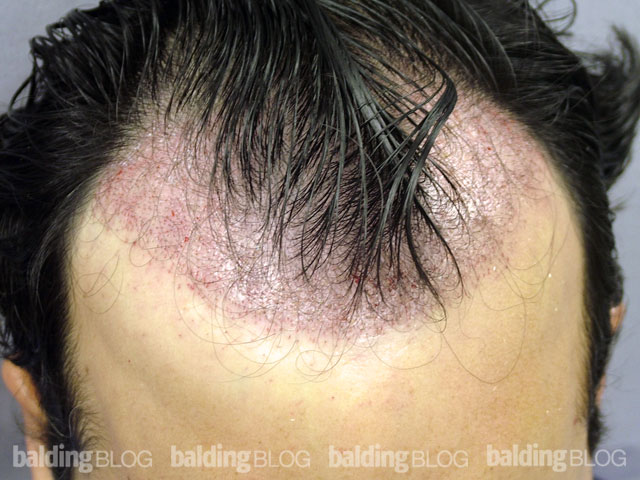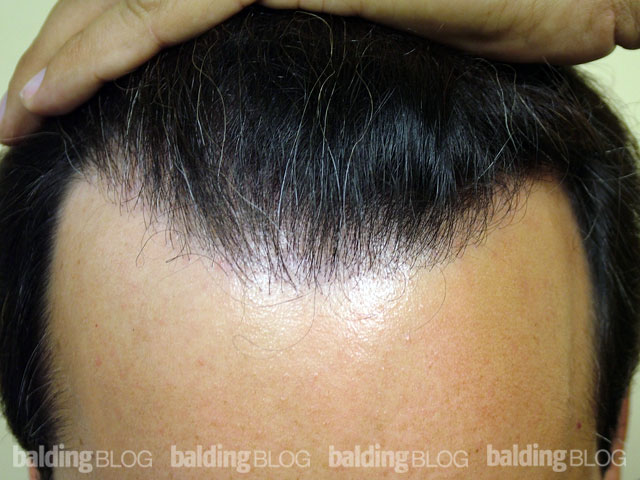I just turned 20 years old and for a year now my hairline has receeded and started to thin dramaticly. Which I am very self-conscious of. I have been taking a natural suppliment called Procerin and using a daily treatment called Curetage for a little over a month and a half, but have noticed no difference. Do external treatments work, and pills work? Or are they just a waste of time? I also heard that hair transplants can’t be done on young men, is this true? Is there anything else i can do to make my hair grow back?

I have written about Procerin before (see past blog entries: Procerin and Procerin Info). The only topical treatment that seems to work is Minoxidil. Many add compounds to Minoxidil to try to make it more effective (e.g. Retin-A, which adds irritation to the skin and some burn to it as well) or combine it with other ‘magical’ formulations to sell it at a high price to take advantage of the value of its marketing label. The best and only real treatment for you is Propecia. There are many things done for hair loss and many people making money from the panic of hair loss victims. ‘Curetage’ sounds like one of them.
Stick with what works and do not risk permanent hair loss to go outside the known effective treatments that are available. Get a good doctor to work with you.


